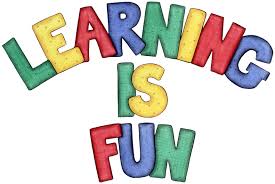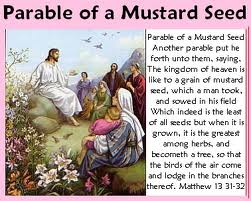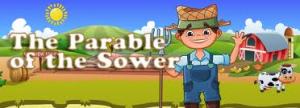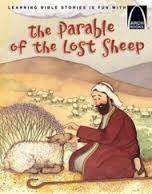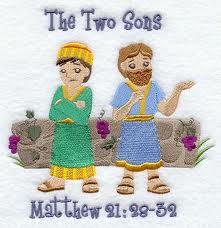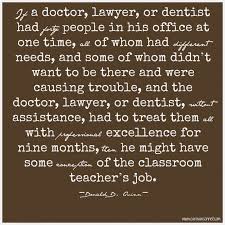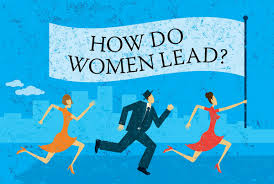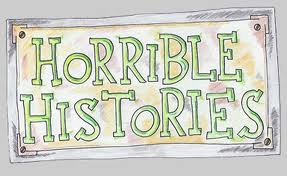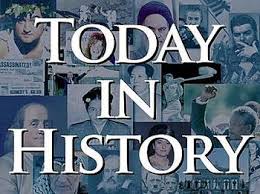
I just came across a very interesting website called http://www.on-this-day.com/ which I think could come in handy in all variates of history classes. The website provides facts about what historical, important and interesting events took place on each day of the year way back when. We spend so much of our time teaching students about the hugely significant historical events which at one point or another during a particular year helped to shape the course of history and life as we know it today. However I think it would be nice to take a few moments either at the beginning or the end of a lesson to reflect upon and connect the present day with its possible significance in the past. Who knows what we might find? 🙂
OCTOBER 14TH
1066 – The Battle of Hastings occurred in England. The Norman forces of William the Conqueror defeated King Harold II of England.
1879 – Thomas Edison signed an agreement with Jose D. Husbands for the sale of Edison telephones in Chile.
1887 – Thomas Edison and George E. Gouraud reached an agreement for the international marketing rights for the phonograph.
1912 – Theodore Roosevelt was shot while campaigning in Milwaukee, WI. Roosevelt’s wound in the chest was not serious and he continued with his planned speech. William Schrenk was captured at the scene of the shooting.
1922 – Lieutenant Lester James Maitland set a new airplane speed record when he reached a speed of 216.1 miles-per-hour.
1926 – The book “Winnie-the-Pooh,” by A.A. Milne, made its debut.
1928 – The first televised wedding took place in Des Plains, IL. James Fowlkes and Cora Dennison were married in a radio studio.
1930 – Ethel Merman debuted on Broadway in “Girl Crazy.”
1933 – Nazi Germany announced that it was withdrawing from the League of Nations.
1934 – “Lux Radio Theater” began airing on the NBC Blue radio network.
1936 – The first SSB (Social Security Board) office opened in Austin, TX. From this point, the Board’s local office took over the assigning of Social Security Numbers.
1943 – The Radio Corporation of America finalized the sale of the NBC Blue radio network. Edward J. Noble paid $8 million for the network that was renamed American Broadcasting Company.
1944 – German Field Marshal Erwin Rommel committed suicide rather than face execution after being accused of conspiring against Adolf Hitler and the execution that would follow.
1944 – During World War II, the Second British Parachute Brigade liberated the city of Athens.
1947 – Over Rogers Dry Lake in Southern California, pilot Chuck Yeager flew the Bell X-1 rocket plane and became the first person to break the sound barrier.
1954 – C.B. DeMille’s “The Ten Commandments”, starring Charlton Heston, began filming in Egypt. The epic had a cast of 25,000 people.
1960 – U.S. presidential candidate John F. Kennedy first suggested the idea of a Peace Corps.
1961 – “How to Succeed in Business without Really Trying” opened on Broadway.
1962 – The Cuban Missile Crisis began when U.S. reconnaissance aircrafts photographed Soviet construction of intermediate-range missile sites in Cuba.
1964 – Dr. Martin Luther King, Jr. was awarded the Nobel Peace Prize for his non-violent resistance to racial prejudice in America. He was the youngest person to receive the award.
1968 – The first live telecast to come from a manned U.S. spacecraft was transmitted from Apollo 7.
1970 – Anwar el-Sadat became president of Egypt following the death of President Nasser.
1984 – George ‘Sparky’ Anderson became the first baseball manager to win 100 games and a World Series in both leagues.
1986 – Soviet leader Mikhail S. Gorbachev charged that the U.S. wanted to “bleed the Soviet Union economically” with the arms race in space.
1987 – Jessica McClure, 18 months old, fell down an abandoned well in Midland, TX. The rescue took 58 hours.
2001 – Toys “R” Us introduced the new version of Geoffrey the giraffe in a 60-second commercial before WABC-TV aired Disney’s “The Emperor’s New Groove.”
2002 – Britain stripped power from the Catholic and Protestant politicians of Northern Ireland. Britain resumed sole responsibility for running Northern Ireland.
2011 – The Apple iPhone 4S was released.

The website also provides us with Famous Birthdays which occur on each day of the year.
On this day 1890, former US President Dwight David Eisenhower was born. 🙂

